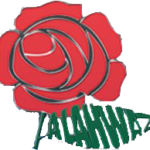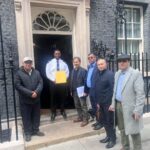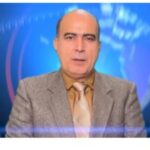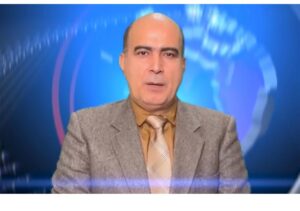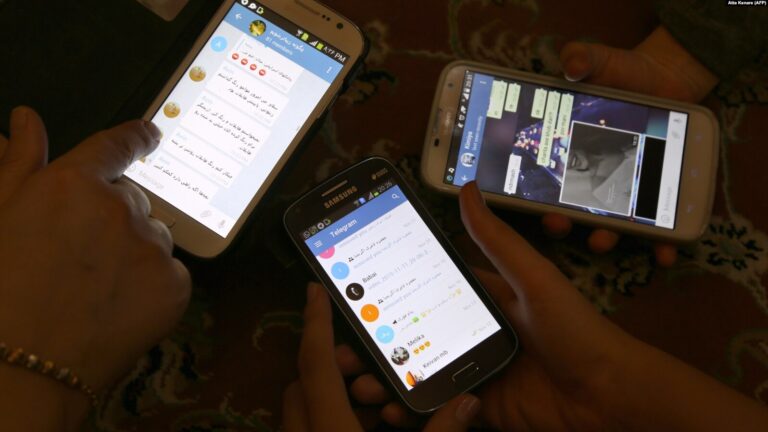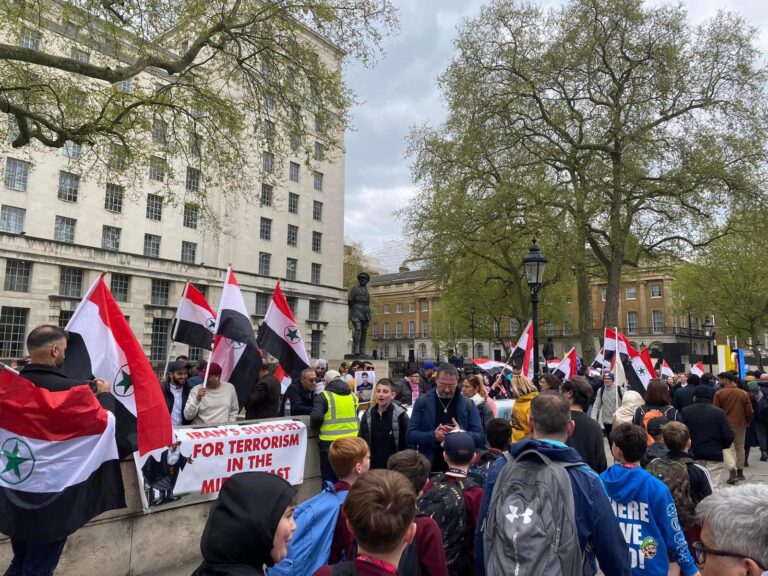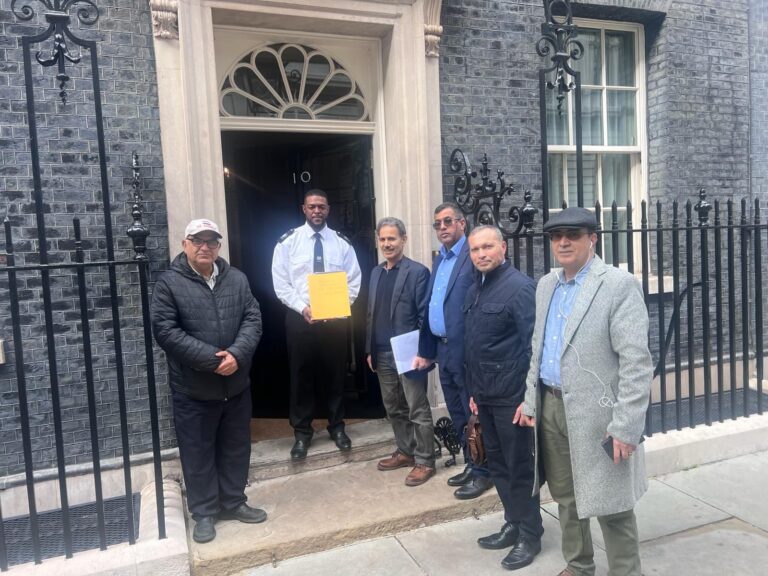The current parliamentary elections in Iran witnessed a significant decline in voter turnout, raising serious questions about the legitimacy of the regime and the prospects for political activity within the country. According to opinion polls, voter turnout ranges between 40% and 45% nationally and locally, influenced by various factors.
The primary factor behind this decrease can be attributed to the challenging economic circumstances confronting Iranian citizens, characterised by high unemployment rates and increasing living expenses. Consequently, many of the Iranians find themselves struggling with economic instability and facing uncertainty regarding their future. Furthermore, in an interview on the Al Hadath channel, Mr. Wajdan Abdul Rahman highlighted the protests in September 2022, which led to over 500 casualties— with the precise number not officially disclosed by the Iranian government. These protests underscore widespread dissatisfaction, not just with the economic situation but, also with how the government addresses popular demands and human rights. The violent response to protesters and opaque handling of victims and detainees have intensified skepticism regarding the regime’s legitimacy and diminished public interest in engaging with political processes. Mr. Wajdan has also highlighted the changing dynamics of the current Iranian electoral scene, where the competition has shifted between moderate reformists and conservatives to an internal rivalry among conservatives.
That said, the Iranian government’s efforts to maximise voter participation in the elections. This is exemplified by the statement of Iranian Revolutionary Guard Commander Hossein Salami, who likened “every vote” to a missile aimed at the enemy’s heart. However, the push for increased voter turnout is not motivated by a desire to tackle the significant living challenges experienced by Iranians, particularly minority groups such as the Arabs in Iran, nor does it arise from a commitment to advancing human rights and promoting greater democracy. Instead, the primary objective is to present an image of widespread support for the regime to the world. The regime’s sole focus on its global image and its international reputation, at the expense of economic improvement, is evident, particularly in regions like oil-rich Ahvaz, where Arab minorities have endured extended marginalisation, displacement, and limitations on their use of the Arabic language and traditional attire in official contexts. These factors have intensified their battles with poverty and unemployment, directly impacting their sense of identity and representation. This neglect, combined with the escalating prices of vital necessities such as food, housing, and healthcare, has exacerbated their economic challenges, leaving a significant portion of this demographic grappling with financial instability and an uncertain future. Meanwhile, Iran’s international image takes precedence above all else in the eyes of the regime.
Retaj
March 3rd, 2024
